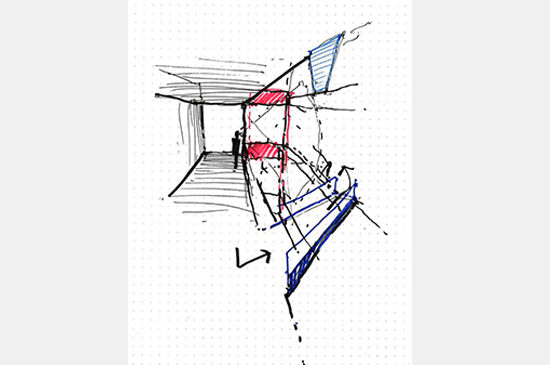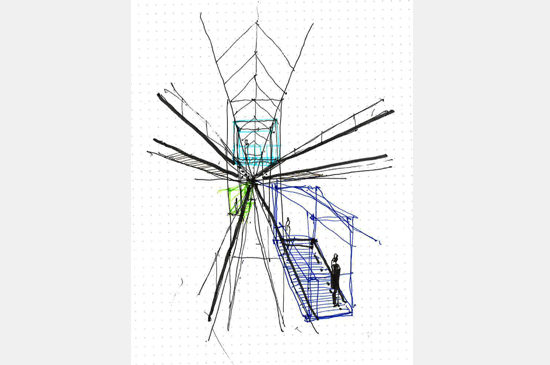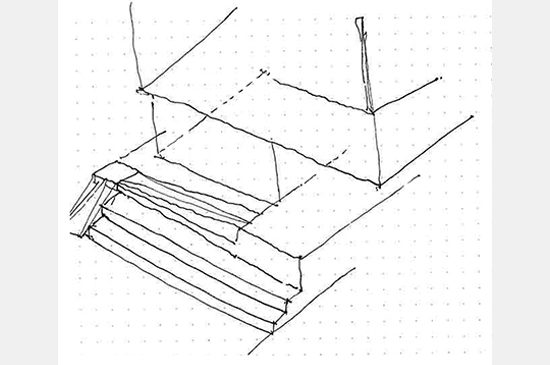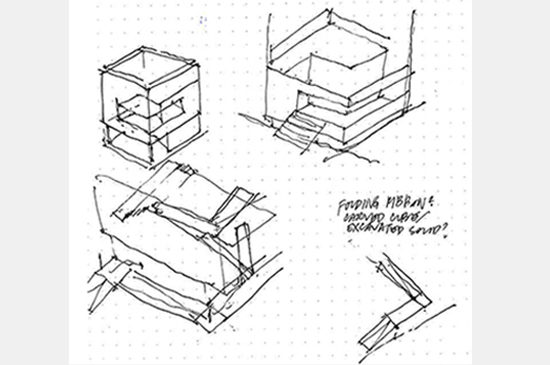The topic of hand drawing and its perceived demise in the modern day architectural profession is a trope headlining select blogs, newspapers and discussions within architectural design circles for the past few years. In these debates, analog methods of drawing are dueling digital applications for validity and purpose within the contemporary architecture firm. While the two forms of representation and design development can and do coexist, it has become widely acknowledged that hand drawing is largely superseded by computers in all stages of design in today’s architecture offices. I would like to challenge the common face of the debate, which is typically dominated by those of an older generation and design tradition, and lend my voice as a young designer who still loves to draw in an all-consuming digital world.
Nothing can quite replace the joy and ease that comes with putting a pencil to paper in order to materialize a concept or work out a design dilemma. Drawing is, in this sense, almost as close to an extension of the mind as one can get when trying to express a visual idea. Perhaps the late Michael Graves said it best:
Our physical and mental interactions with drawings are formative acts. In a handmade drawing, whether on an electronic tablet or on paper, there are intonations, traces of intentions and speculation.
Drawing is a deliberate exercise in which one has the innate, visceral ability to control the direct outcome of the composition and design. Given the plethora of software one must understand in today’s production of architecture, it can be easy to get lost amidst the complexity. For me, drawing by hand not only offers a welcome respite from the tangle of programs, but an opportunity to, effectively, take back command.
Granted, there are multiple ways to visualize architecture, and what may be optimal or conducive to comprehending a design for one person may seem wholly illegible or ineffective to another. Drawing remains a valuable and contextually relevant skill in a designer’s repertoire, alongside the use of technical drafting and 3-D modeling programs in today’s practice. It is my hope that it continues to be not only instrumental to design, but that it endures as a contemplative and inspirational process in forthcoming technologically adept generations.
References:
NY Times, “Architecture and the Lost Art of Drawing”






